
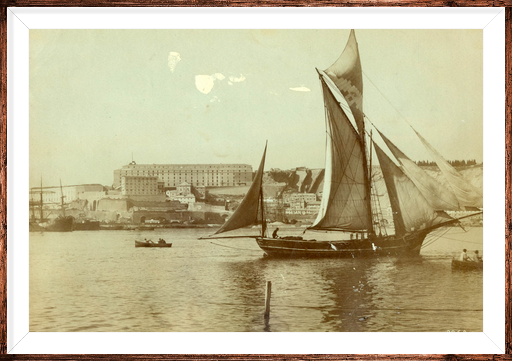
Genoa, the Superb!
The Glorious City between sea and land with a bimillenarian history
and an UNESCO World Heritage Site!
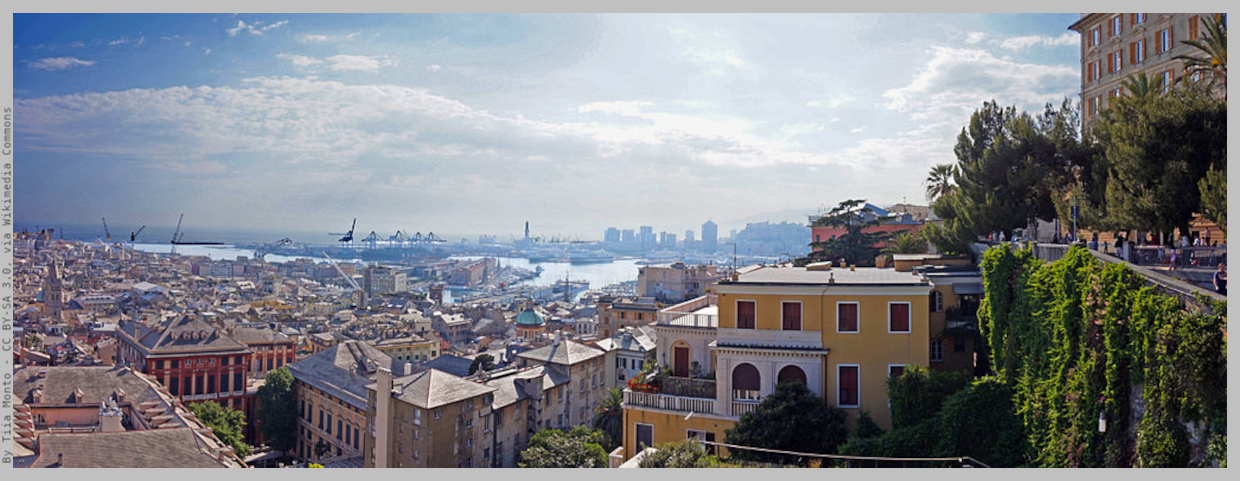
Genoa, renowned as the birthplace of the great sea admiral Christopher Columbus, the discoverer of the Americas, was an independent maritime republic for almost seven centuries and, during the Renaissance, it truly flourished experiencing extraordinary wealth and prestige in commerce, military, artistic, and financial matters.
This rightfully earned Genoa the nickname "the Superb" and has led historians to define the 16th century as 'the Century of the Genovese'.
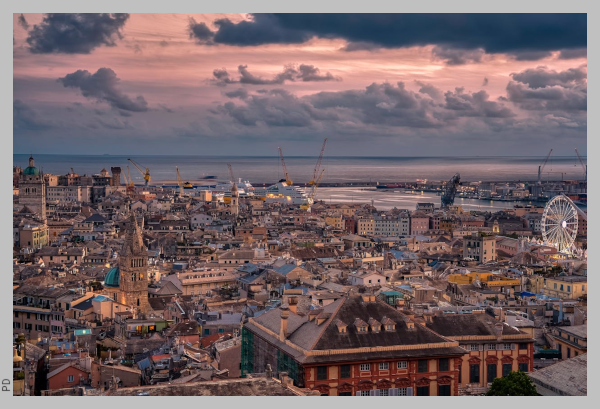
It was the most important maritime crossroads in the Mediterranean and a commercial and financial hub in Europe; here, in 1407, the world's first bank was founded: the Banco di San Giorgio, headquartered in the eponymous palace, which still stands today and houses the Port Authority.
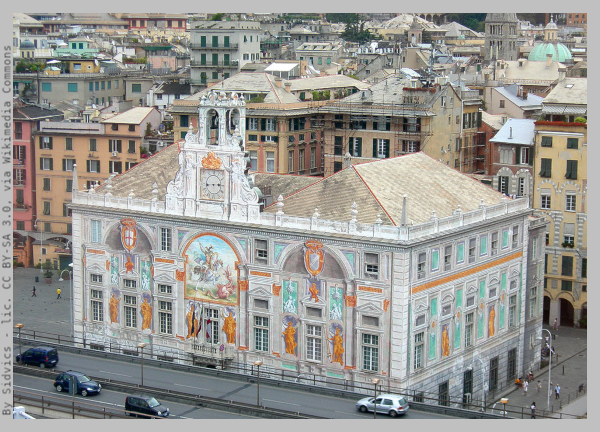
The wealth and cultural ferment of past centuries have shaped Genoa into a city of art, a partly hidden treasure chest, safeguarding a unique beauty and charm.
Founded in Roman times, with initial Ligurian settlements dating back to the 2nd century BC, the city has served as a crossroads of maritime cultures and artistic influences for centuries, leaving a layered legacy in its architecture, art and culture.
Genoa, a city of the sea and commerce, was an independent city-state from 1139 to 1797, when it ultimately fell to Napoleone Bonaparte's troops.
At its peak, extended its influence to the entire Ligurian territory, part of northern Italy, and the island of Corsica, forming the "Republic of Genoa" governed by a unique system, best described as an oligarchic democracy, while much of Europe was still governed by traditional monarchies.
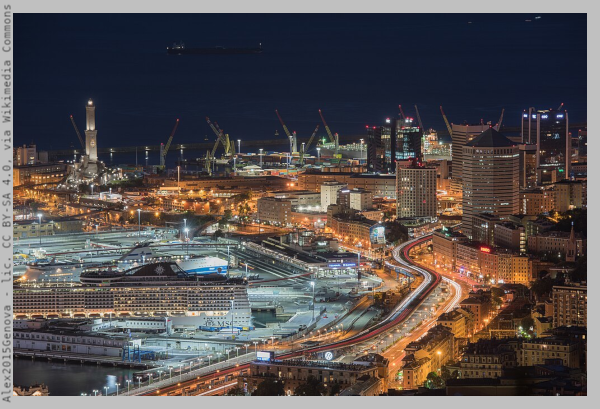
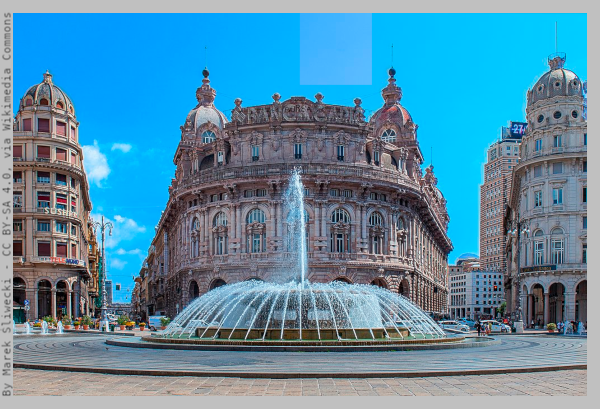
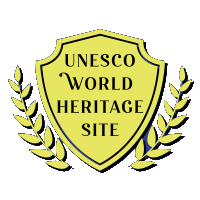
The "Rolli" Noble Palaces
Genoa's magnificent patrician palaces, belonging to the families who wielded significant economic and financial power during the Renaissance and beyond, have been remarkably preserved through the centuries.
Their historical and architectural value is such that, since 2006, they – together with the connecting 'Strada Nuova' (New Street - the current 'Via Garibaldi') and its museum complex – have been collectively declared a UNESCO World Heritage Site.
This vital recognition ensures the protection of their secrets and treasures, inviting visitors to immerse themselves in the fascinating charm of a bygone era.
These majestic buildings vividly express the extraordinary wealth achieved by the city in past centuries and represent a unique cultural heritage, remarkable not only for their architectural and artistic grandeur but also for their profound historical significance.
Not just one, but an impressive array of 42 splendid palaces, concentrated in the historic heart of the ancient town.
The most magnificent and representative of them are open to visit and host museums.
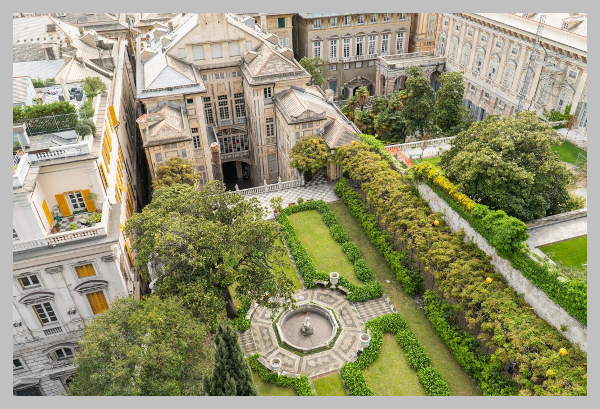
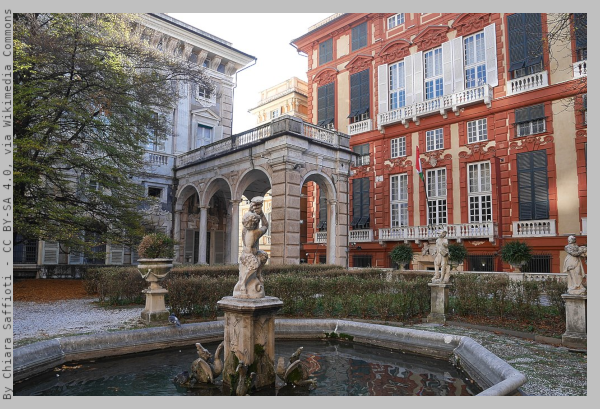
The Soul of Genoa
In Genoa, the profound spiritual value of its numerous churches is beautifully intertwined with the diverse styles and architectures they absorbed throughout each epoch of their history.
This artistic stratification is evident in the extensions and decorative enrichments added to these solemn religious buildings over the centuries following their construction.
Together, they form an extraordinary time-map of the city's cultural evolution, spanning from Romanesque to Gothic, from Renaissance to Neo-Classical.
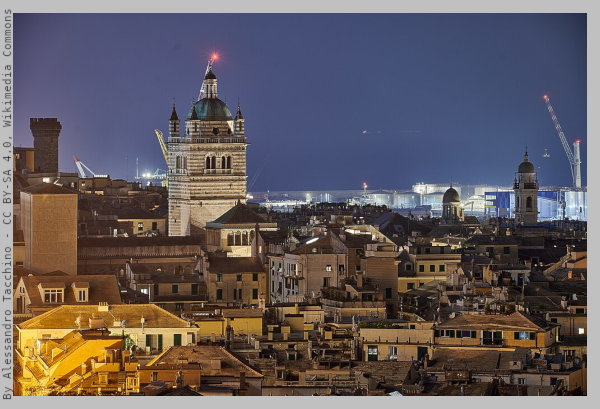
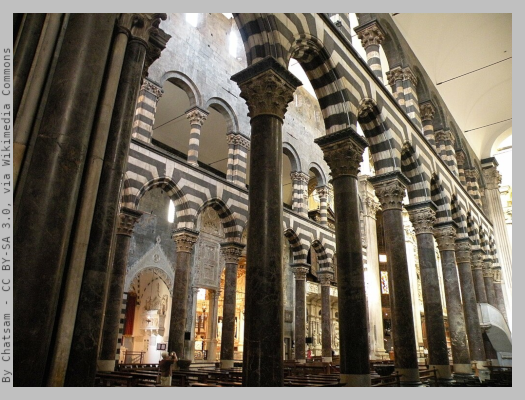
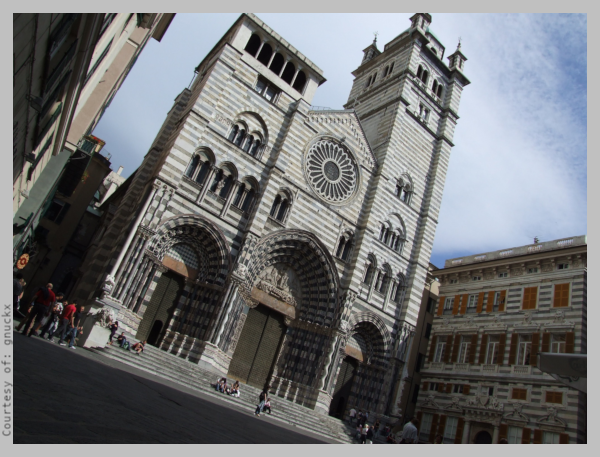
San Lorenzo Cathedral
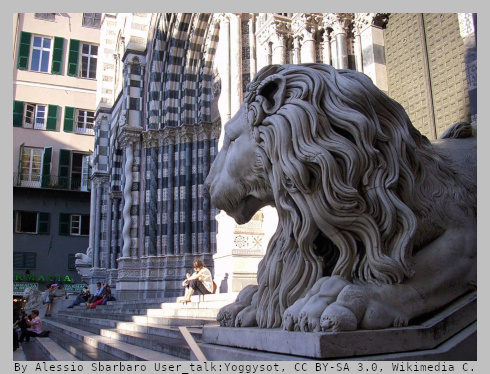
All of this is enclosed within the perimeter of the historic 16th-century walls of the city, of which some section still remain, together with some iconic towered gatehouses.
Within these walls lies Europe's second largest Historic Center, after Venice's, and the most populous one.
It is not just a place that merely testifies to history, but also the vibrant heart of the city's modern life.
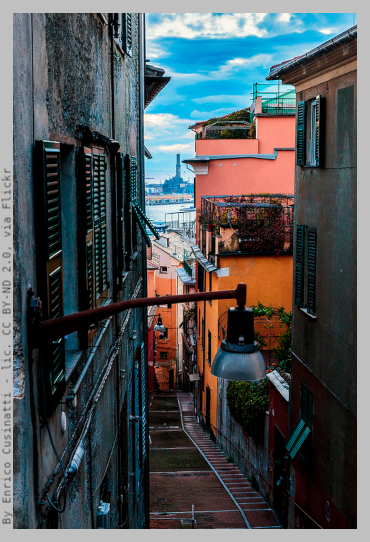
A glimpse of the Lanterna through the caruggi
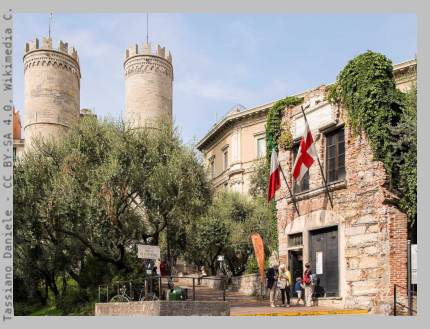
Porta Soprana gatehouse and the remains of
Christopher Columbus's house
Winding through its typical narrow, stone-paved alleys, famously known as 'caruggi', which run between stone houses with characteristic slate-tiled roofs, you can truly feel the enchanting embrace of past and present.
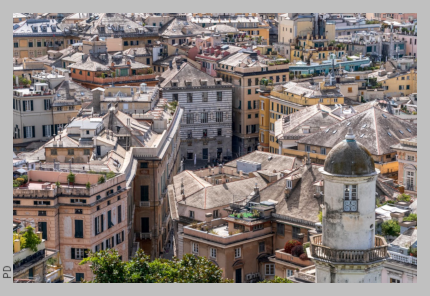
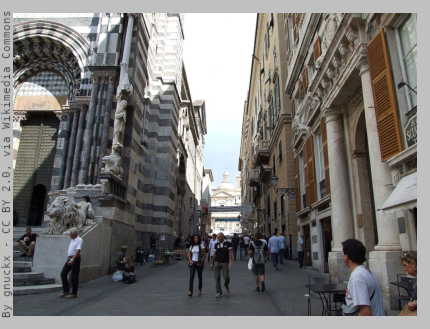
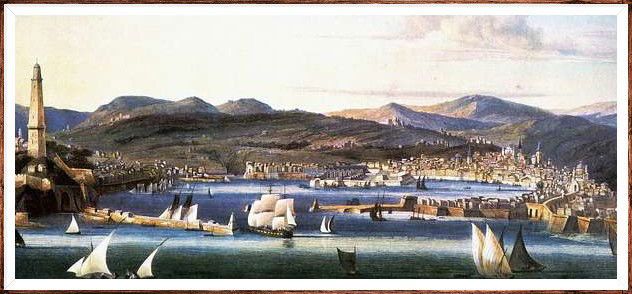
The Historic Port that made Genoa great!
Overlooking the sea, the Porto Antico (Ancient Port) is an extension of Genoa's historic center.
This area underwent a significant redevelopment in 1992, coinciding with the 500th anniversary celebrations of Christopher Columbus's discovery of the Americas.
Masterfully designed by the renowned Genoese architect Renzo Piano, the Porto Antico now boasts a wealth of attractions. These include the Maritime and Navigation Museum, a unique rotating panoramic elevator, a multi-screen cinema complex, and numerous restaurants and pubs.
Among its most distinctive features is the unusual spherical transparent floating Biosphere, moored to one of the piers and open to the public, which houses some 150 species of tropical animals and plants.
Just steps away stands the famous Aquarium, one of the world's largest. Spanning 27,000 square meters, it is home to over 400 animal species and around 200 plant species.
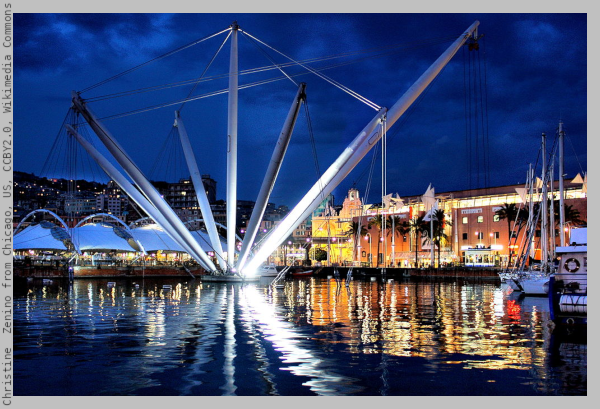
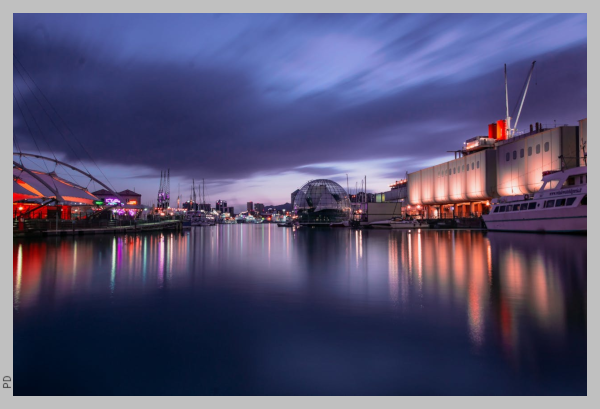
The Porto Antico is today an iconic attraction site for visitors from all over the World, as well as a place of meeting and social life for local residents.
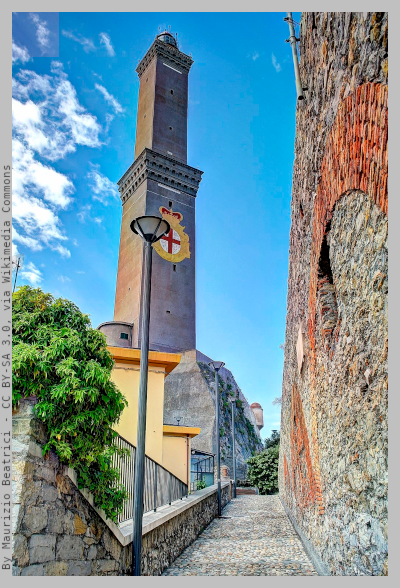
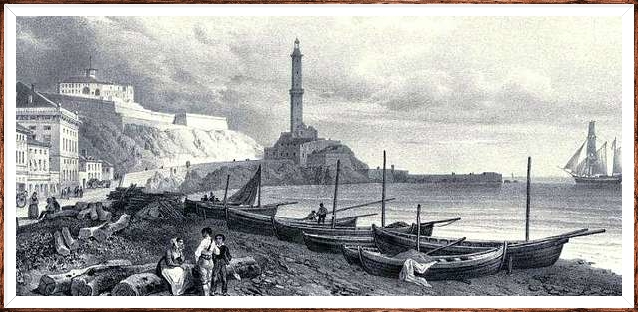
The iconic lighthouse from the Middle Age
At the western end of the Porto Antico basin, the Lanterna stands tall, the oldest and tallest lighthouse in the Mediterranean, a proud guardian and symbol of the city for nearly 900 years!
Still fully functional for maritime signaling, today it also serves as a radio beacon for the nearby Christopher Columbus Airport, built on an artificial embankment extending into the sea.
The historic lighthouse itself, along with the inner spaces within the ancient city walls, now hosts museum exhibition areas that recount the fascinating history of maritime signaling technologies.
From the Lanterna's first accessible floor, open to the public, visitors can enjoy stunning panoramic views of the city, its port, and the Ligurian coast.
And Genoa became a Metropolis...
In modern times Genoa is much larger than it used to be, and well beyond its ancient walls and its historic center, it encompasses a vast area that stretches along the coast and on the surrounding hills.
Towards the west, the city has developed into one of the most important ports in the Mediterranean. To the east, meanwhile, ancient seaside villages and hilltop towns have been incorporated into the city, now offering fascinating views and picturesque settings, like Boccadasse and the 2-Km long, red-tiled promenade, that runs along the coast between the villages of Nervi and Capolungo; two true must-see destinations for weekend getaways, to enjoy the seashore.
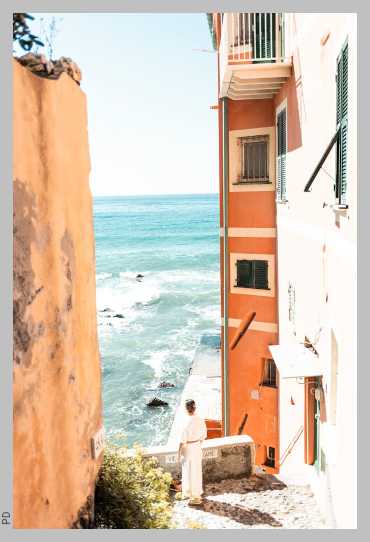
The charm of Genoa truly lies in its contrasts: a city of the sea that gracefully unfolds onto the hills, possessing a stern and proud character, yet also embracing a growing touristic appeal.
It is a city rich in history and art that also embraces modernity, proudly hosting significant fairs and events, such as the renowned 'Salone Nautico' (Boat Show) and numerous contemporary art exhibitions.
With its subtly understated and mysterious atmosphere, Genoa emerges as a hidden gem, seemingly veiled in shyness and discretion.
This has made it less widely known than other Italian cities of art, but precisely for this reason, it is all the more capable of surprising and captivating when you discover it.
Home in Travel invites you to explore this beautiful art city, in partnership with local services and accommodation providers.
This collaboration allows us to continue creating new engaging content about wonderful localities around the World, while also presenting you the best opportunities to explore them.

